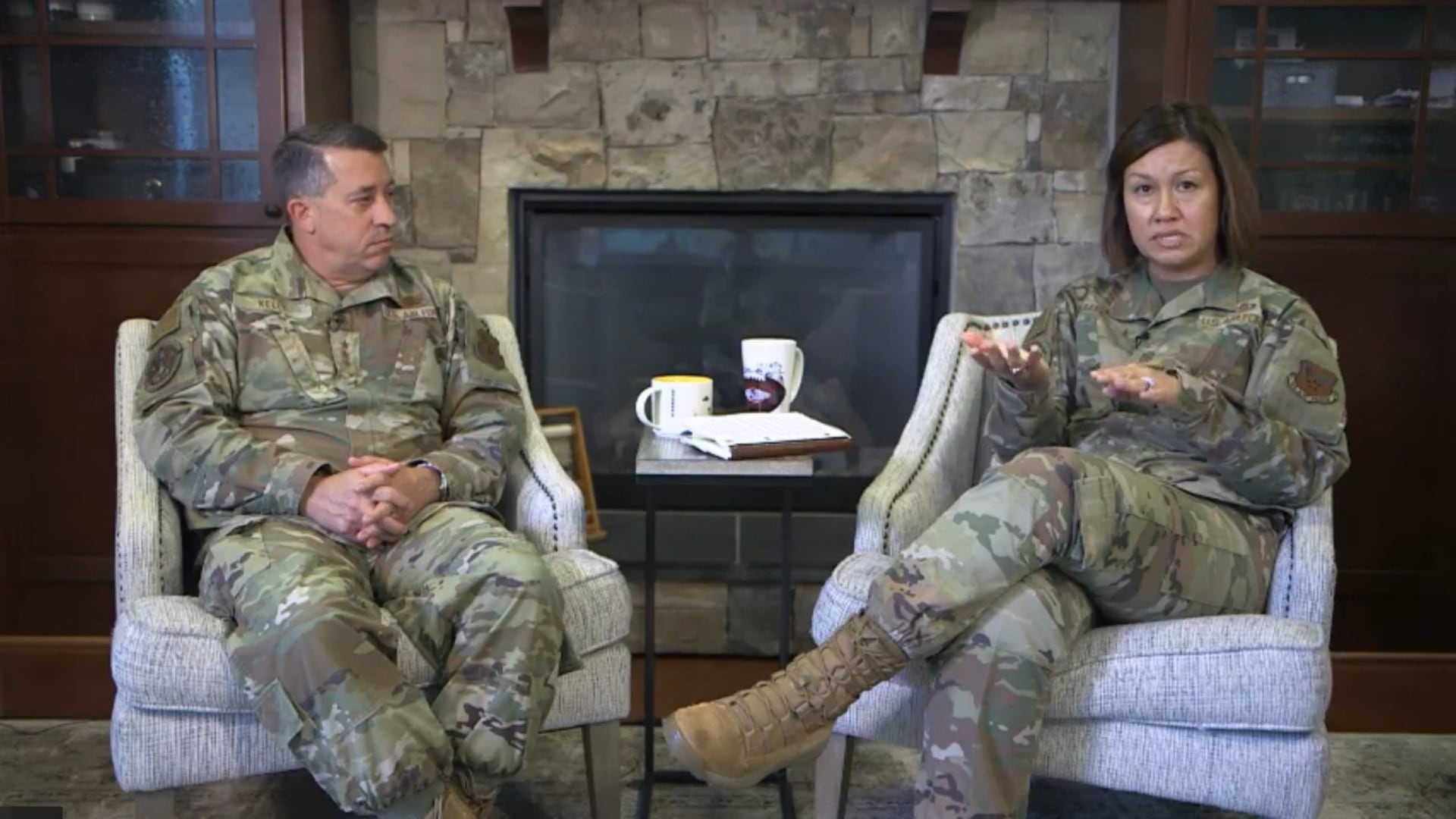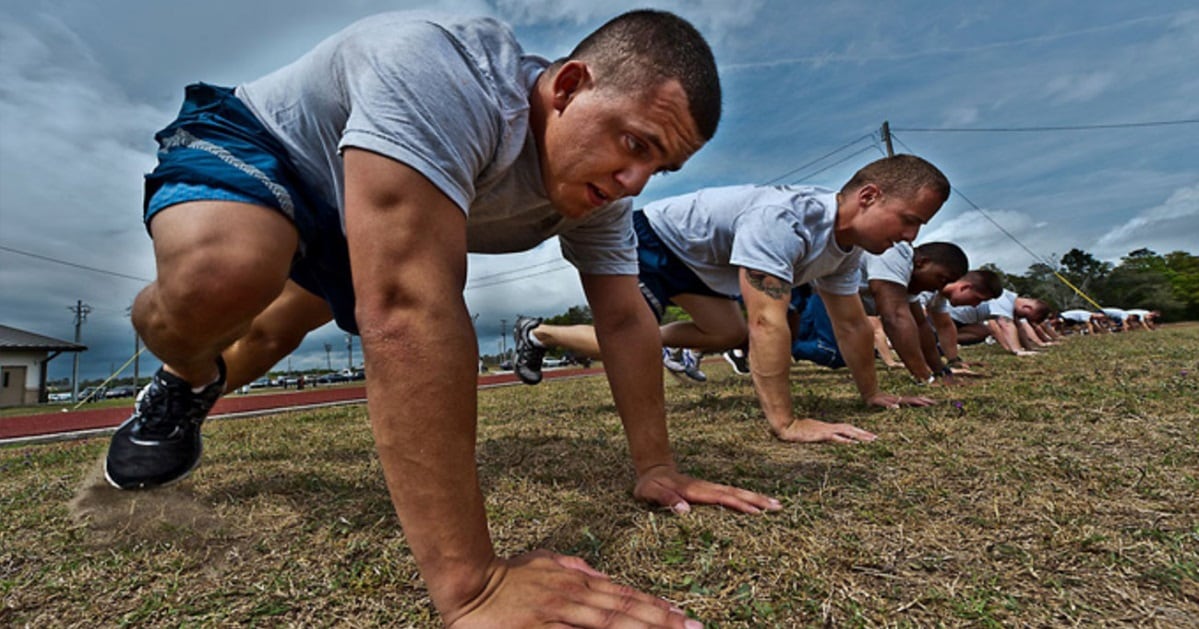Lace up those sneakers: the new PT tests are coming.
The Air Force on Friday released a fresh set of spreadsheets that will be used to calculate airmen’s scores on the revamped annual physical fitness assessment, which begins in January.
It solidifies the service’s shift to a test that offers more exercise options for troops, aiming to personalize PT testing without losing its rigor.
Those options include a 1.5-mile run or 20-meter shuttle run for cardiovascular fitness, traditional or hand-release pushups for upper body strength, and traditional sit-ups, cross-legged reverse crunches or planks for core strength.
RELATED

“While testing these components at various installations, we received a large amount of positive feedback,” said Lt. Gen. Brian Kelly, Air Force deputy chief of staff for manpower, personnel and services, in a news release. “Changes to the physical fitness assessments reflect what we learned and our desire to provide airmen with additional flexibility in maintaining fitness standards.”
No longer on the list is a one-mile speed walk that was explored as a new addition. That decision was based on “equipment requirements and the need for continued testing,” the Air Force said.
Going forward, men and women’s scores will be split into nine age groups: under 25, 25-29, 30-34, 35-39, 40-44, 45-49, 50-54, 55-59 and over 60. Airmen can score up to 60 points on the cardio portion, 20 points on the upper body portion and 20 on the core portion.
Some categories are judged on time, while others are judged on repetitions. For example, to nab the highest cardio score, a 22-year-old man can either run 1.5 miles in under nine minutes and 12 seconds, or complete at least 100 laps back and forth in the shuttle run.
The minimum amount of exercise that airmen must finish varies by age and gender. Men younger than 25 must complete 1.5 miles within 15 minutes and 50 seconds. They also need to notch at least 36 shuttles, 30 regular pushups, 15 modified push-ups, 39 sit-ups, 21 reverse crunches or a forearm plank lasting at least 1 minute and five seconds.
Women under 25 must complete 1.5 miles within 18 minutes and 56 seconds. They’re also required to log at least 22 shuttles, 15 pushups, six modified pushups, 35 sit-ups, 11 reverse crunches and a plank lasting at least 55 seconds.
RELATED

The scoring chart also breaks down how fast or how many reps someone must run to be deemed at low, moderate or high risk for cardiovascular disease, diabetes, cancer and other health problems.
Starting Dec. 10, airmen can schedule their PT tests and pick the cardio option they want on the myFitness system. They can choose which strength components to test when they come in that day.
Waist measurement no longer counts toward a person’s PT test score, but the military still requires airmen to maintain weight standards and be measured for healthy body composition.
“The Air Force Surgeon General, who has responsibility for overall airmen health, has reviewed alternatives and determined waist-to-height ratio as the best available method for assessing body composition,” the service said. More guidance will roll out in the coming months.
Though the Space Force falls under the Department of the Air Force, it won’t adopt the PT changes as it designs its own health assessment in 2022.
Check out the full scoring sheets here.
Rachel Cohen is the editor of Air Force Times. She joined the publication as its senior reporter in March 2021. Her work has appeared in the Washington Post, the Frederick News-Post (Md.), Air and Space Forces Magazine, Inside Defense, Inside Health Policy and elsewhere.




